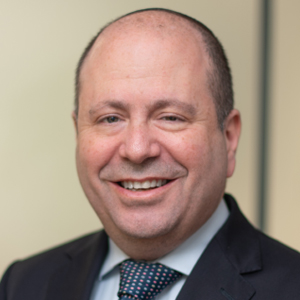HMRC has announced that it is consulting on the introduction of legislation to implement the OECD’s Model Mandatory Disclosure Rules (MDR) for Common Reporting Standards (CRS) Avoidance Arrangements and Opaque Offshore Structures. In this article, tax solicitor Michael Fluss explains what these rules are and outlines what promoters, advisors and taxpayers will need to do if the legislation is implemented.
What is CRS?
The CRS is essentially a transparency initiative aimed at preventing offshore tax evasion. Under the CRS, to which the UK and most other jurisdictions have signed up, HMRC exchanges financial account information with tax authorities in over 100 jurisdictions worldwide.
What are the Model Mandatory Disclosure Rules?
The implementation of this legislation will require promoters, advisors (service providers) and taxpayers to report to HMRC arrangements or schemes meeting certain hallmarks. In broad terms, the hallmarks are designed to elicit the disclosure to HMRC of the potential deliberate diversion of funds from a financial account so that those funds are not subject to the reporting requirements of the CRS.
This new legislation is not unprecedented. The UK already has in place legislation in the form of regulations implementing the EU’s “DAC 6” aimed at eliciting the disclosure to HMRC of such cross-border arrangements and schemes. However, the stated purpose of the introduction of the new rules is to ensure that, following Brexit, these rules apply at a global rather than European level.
What impact will MDR have on disclosures?
From the general tenor of the HMRC consultation document, it would seem that the guidance which HMRC will issue in relation to the new rules will follow the current HMRC DAC 6 guidelines. In practice, therefore, there may not be a great deal of change in the types of arrangements or schemes which will need to be disclosed.
However, there may nonetheless be some tangible differences. For example, it is proposed that schemes and arrangements dating back to 29 October 2014 (when the CSR was first published) may need to be disclosed, although it is suggested only by “promoters” of the scheme or arrangement in question. Also, although a scheme or arrangement may not fall foul of anti-money laundering rules (on account of beneficial ownership being identified), it would appear from the consultation document issued by HMRC that it may still need to be disclosed to HMRC if beneficial ownership would (nonetheless) be obscured from the tax authorities.
The implementation in the UK of the OECD’s MDR should best be viewed as part of the UK’s ongoing efforts to enhance transparency, within the context of the OECD’s objectives of ensuring that the taxable base of business profits is not hidden from the jurisdiction which ought to be entitled to tax those profits.
The HMRC consultation runs until 8 February 2022 and the new rules are expected to become effective in summer 2022.
If you have any questions on the MDR, please contact Michael Fluss.
This article is for general information purposes only and does not constitute legal or professional advice. It should not be used as a substitute for legal advice relating to your particular circumstances. Please note that the law may have changed since the date of this article.

